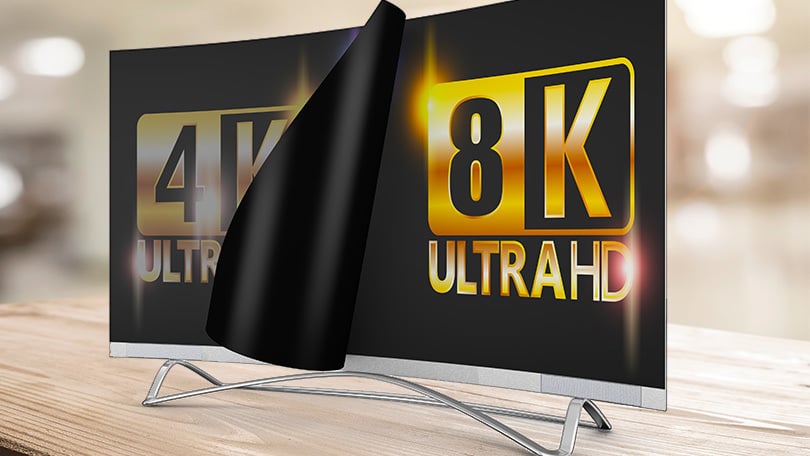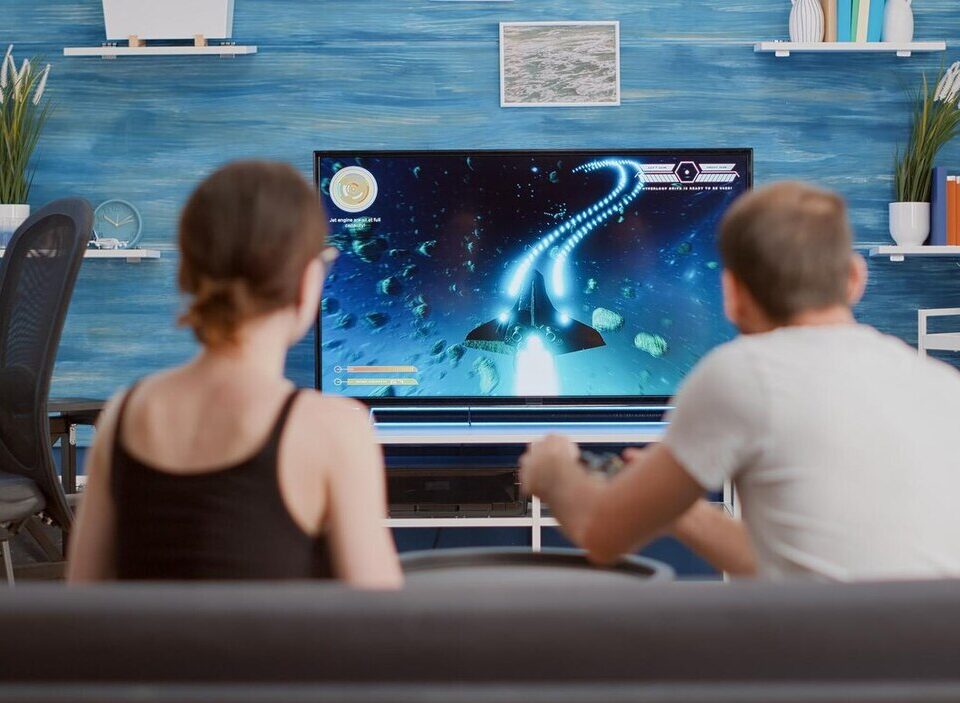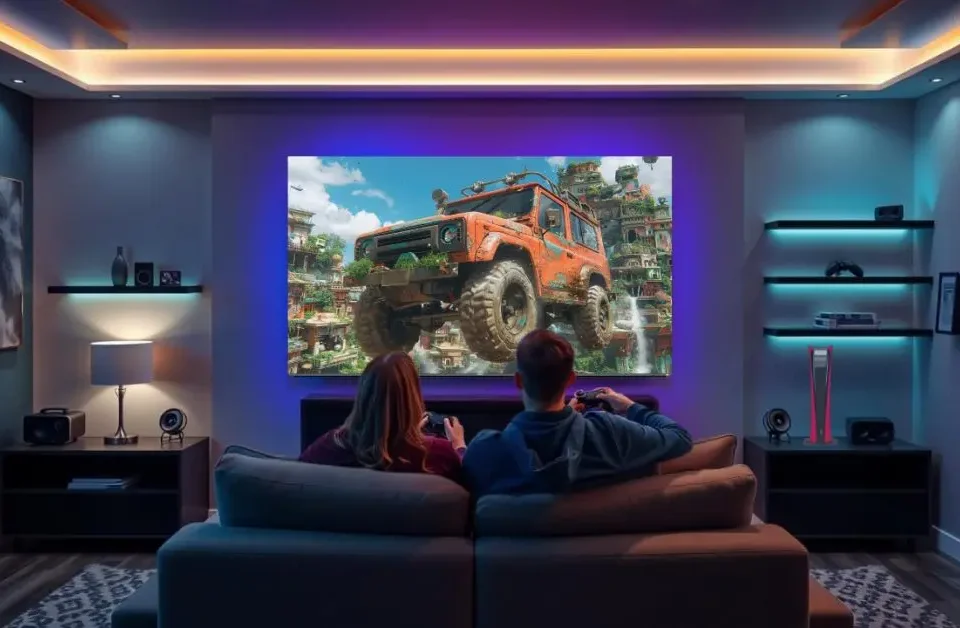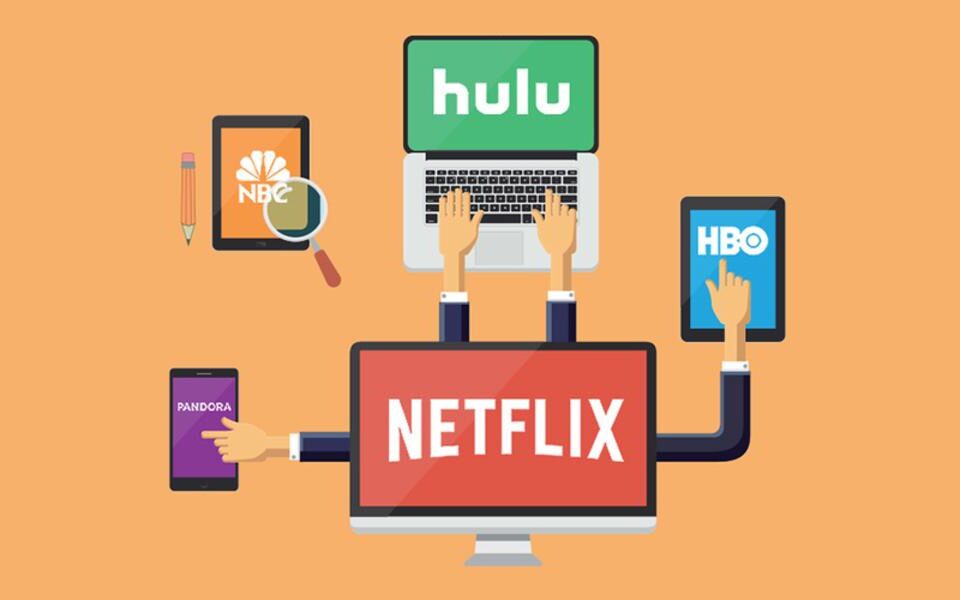The Rise of 4K and 8K TVs: Do We Really Need Them in the Age of Online Streaming?

Why Streaming Platforms Are Changing How We Watch TV
August 26, 2025
How Smart TVs Are Bringing Gaming Into the Living Room
August 26, 2025Introduction
For decades, the quality of television screens has been a key driver of innovation in the entertainment industry. From black-and-white to color, from bulky CRTs to flat screens, each leap brought viewers closer to a more immersive experience. Today, the industry buzzes with terms like 4K Ultra HD and 8K resolution, promising sharper, more lifelike visuals than ever before. But as online streaming dominates the way we consume TV, an important question arises: do we really need these ultra-high-resolution TVs, and can streaming platforms even keep up with them?
Understanding 4K and 8K
Before diving into the debate, it helps to understand the basics.
- 4K refers to a resolution of around 3840 x 2160 pixels, which is four times higher than Full HD (1080p). This means sharper images, better detail, and improved color depth, especially on larger screens.
- 8K doubles that again, with a resolution of 7680 x 4320 pixels. On paper, it’s sixteen times clearer than Full HD.
On massive displays, the difference is striking—textures appear more natural, facial details stand out, and landscapes feel almost real. Manufacturers like Samsung, LG, and Sony are pushing 8K aggressively, marketing it as the future of television.
The Streaming Challenge: Is Content Ready?
Here lies the problem: while 4K is becoming standard on most streaming platforms, 8K content is nearly nonexistent. Netflix, Amazon Prime Video, Disney+, and YouTube have vast 4K libraries, but 8K streaming is rare due to enormous bandwidth requirements.
For example, streaming 4K HDR already requires at least 15–25 Mbps of stable internet. Streaming 8K, on the other hand, can demand upwards of 80–100 Mbps. In regions where internet speeds are inconsistent, this is impractical for the average household.
As a result, most 8K TVs rely on upscaling technology—AI software that takes lower-resolution content and enhances it to look sharper. While impressive, it’s not the same as native 8K content.
The Role of Smart TVs in Enhancing Online Content
Despite these limitations, modern Smart TVs play a critical role in enhancing the streaming experience. Features like:
- HDR (High Dynamic Range): Improves contrast and color vibrancy, making visuals more realistic.
- Dolby Vision: Adjusts brightness and tone scene-by-scene for cinematic accuracy.
- High Refresh Rates (120Hz+): Essential for smooth sports and gaming.
Even without 8K content, these technologies make 4K streaming look significantly better. For most viewers, the jump from 1080p to 4K is already a dramatic improvement, especially on screens larger than 55 inches.
Do Viewers Really Notice the Difference?
This is where reality meets marketing hype. Studies suggest that many viewers struggle to distinguish between 4K and 8K under normal viewing conditions. Human eyesight has limits; unless you’re sitting close to a very large screen (65 inches or more), the difference may be barely noticeable.
In fact, picture quality often depends more on color accuracy, brightness, contrast, and motion handling than raw resolution. That’s why a well-calibrated 4K TV can often look better than a poorly tuned 8K TV.
Cost Considerations
Another practical question: is 8K worth the price? While 4K TVs are now affordable and widely available, 8K models remain expensive. For many households, investing in a high-quality 4K TV with strong HDR support makes far more sense than splurging on 8K technology that has little native content.
That said, early adopters who want to “future-proof” their setups may see value in owning 8K models, especially as prices slowly fall. But for the average consumer focused on online streaming, 4K is more than enough.
Gaming and the Push Toward Higher Resolution
Gaming has played a big role in pushing display technology forward. Consoles like the PlayStation 5 and Xbox Series X already support 4K gaming at high frame rates, with some exploring 8K output. Cloud gaming services like Xbox Game Pass and NVIDIA GeForce Now also aim to deliver high-quality visuals over the internet, though bandwidth limitations remain.
For gamers with powerful setups, higher resolution can be a game-changer. But again, the balance between frame rate and resolution is key. Many players prefer smoother gameplay (120fps at 4K) over raw 8K detail with lower responsiveness.
The Future: Will 8K Become the Norm?
Looking ahead, it’s clear that 8K is not just a marketing gimmick—it’s a glimpse into the future. As internet speeds improve globally with 5G and fiber connections, streaming 8K will eventually become feasible. Platforms like YouTube already host some 8K demo videos, showing what’s possible.
Movie studios and sports broadcasters are also experimenting with 8K recording. Imagine watching the Olympics or a live concert with such detail that you feel like you’re there. Over the next decade, 8K may slowly become mainstream, just as 4K did after its shaky start.
Conclusion
The rise of 4K and 8K TVs represents television’s constant pursuit of sharper, more immersive visuals. But in the world of online TV, the need for such ultra-high resolutions depends largely on content availability, internet speeds, and personal preferences.
For now, 4K remains the sweet spot—widely supported by streaming services, affordable, and visually stunning for most households. 8K is exciting, but it’s a technology ahead of its time, waiting for infrastructure and content to catch up.
The bottom line: viewers don’t necessarily need 8K today, but as online TV evolves and global internet speeds accelerate, it’s only a matter of time before this “future-ready” resolution becomes the new standard. Until then, a good 4K TV with HDR will deliver more than enough magic for your streaming nights.





